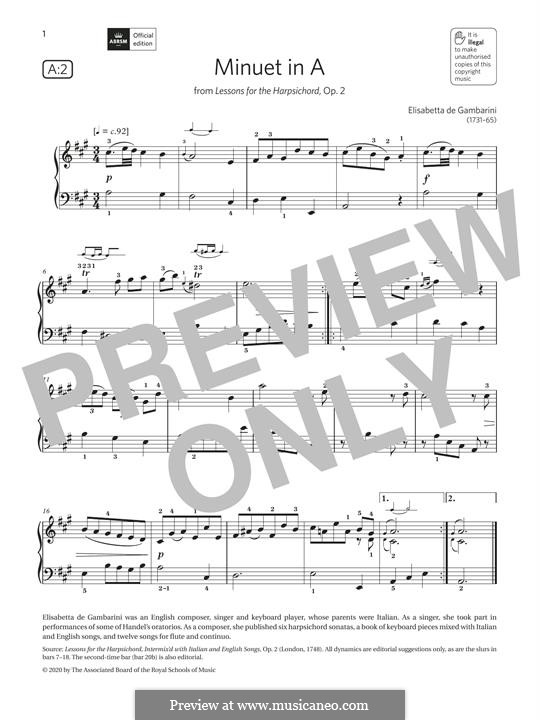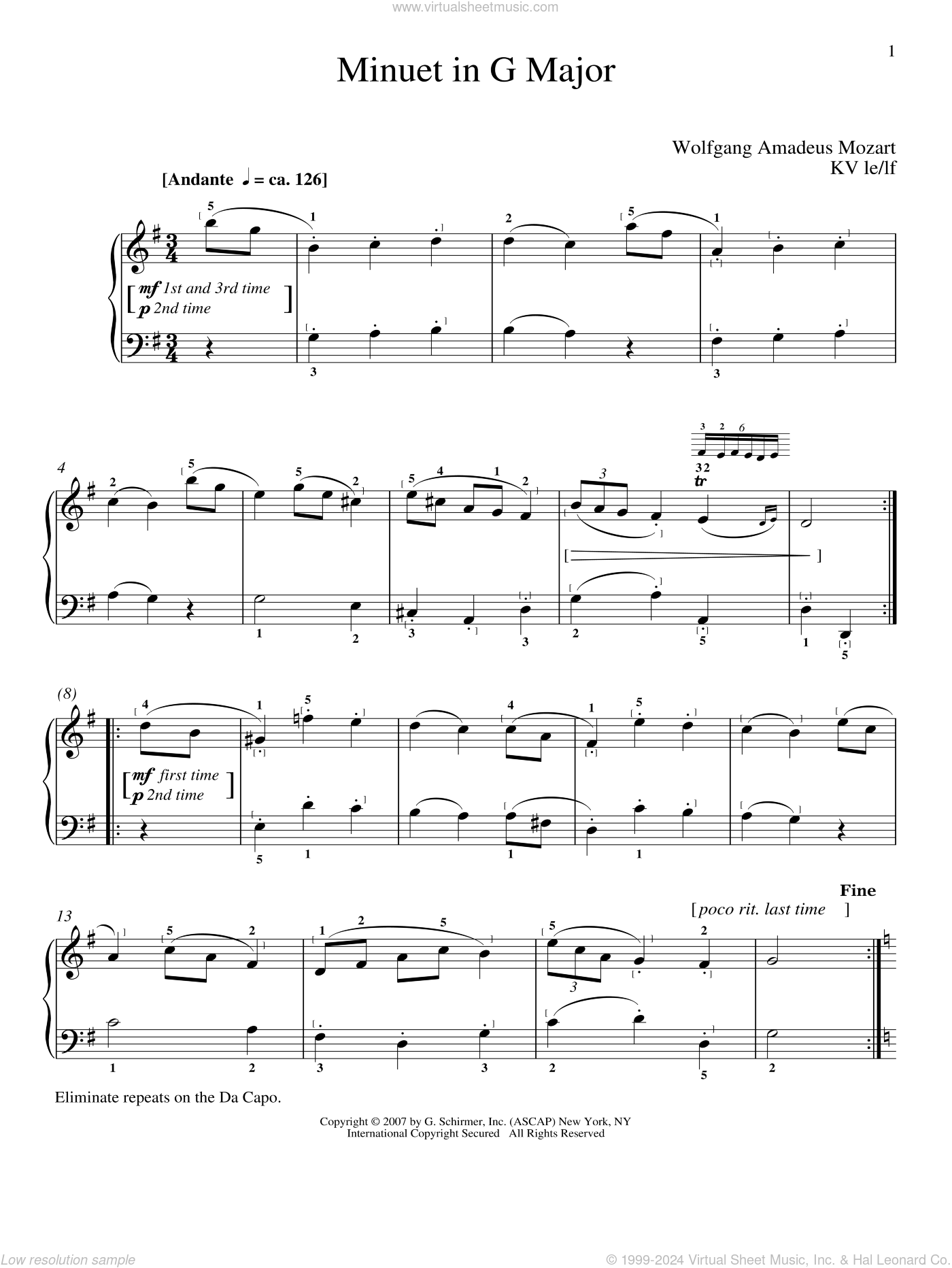
Haydn revisited London twice in the following years, 1791 to 1795, earning-after expenses-as much as he had in twenty years of employment with the Esterházys. For the concerts there, he composed an opera, symphonies, and chamber music, all of which were extremely popular. Haydn left Vienna for London in December. This shift allowed Haydn to accept an offer to give a concert in London, England, where his music was very popular. In 1790, the musical Prince Nikolaus Esterházy died and his son Anton downsized the family’s musical activities. Within a decade, he was the most famous composer in Europe. In 1779, Haydn’s contract was renegotiated, allowing him to write and sell music outside of the Esterházy family. The Esterházys kept Haydn very busy: he wrote music, which he played both for and with his patrons, ran the orchestra, and staged operas. He was considered a skilled servant, who soon beĬame their head Chapel Master and was highly prized, especially by the second and most musical of the Esterházy princes for whom Haydn worked. Haydn spent almost thirty years working for their family. In 1761, he be- came a Vice-Chapel Master for an even wealthier nobleman, the Hungarian Prince Esterházy. When this noble family fell into hard times, they released Haydn. He composed a comic musical and eventually became a chapel master for a Czech nobleman. After searching, he found a job as valet to the Italian opera composer Nicola Porpora and most likely started studying music theory and music composition in a systematic way at that time. Stephen’s Cathedral boys’ choir for almost ten years, until his voice broke (changed). Life is better with great music in it.\): Joseph Haydn,1791 by Thomas Hardy. After World War One, in a spirit of ironic reminiscence the arch‑serialist Schoenberg used minuets in his Op 24 Serenade and Op 25 Suite.

A nostalgia for the French ‘golden age’ of Couperin and Rameau underpinned the minuet’s revival by Fauré, Debussy and Ravel. Ditto Brahms in his A minor String Quartet. When Beethoven (in his Eighth Symphony and Third Razumovsky Quartet) or Schubert (in his Octet and Rosamunde Quartet) wrote a true minuet, the effect is nostalgic or gently ironic. It’s an unbridled scherzo, setting the blueprint for the 19th century. The minuet in the 19th centuryīeethoven’s menuetto marking in his First Symphony fools no one. Elsewhere in late Haydn, minuets become bucolic scherzos that leave their courtly French model gasping.

Canonic writing was a particular feature of minor-keyed minuets, as in Mozart’s Symphony No 40 or the abrasive ‘witches’ minuet’ of Haydn’s Quartet Op 76 No 2. Anyone trying to dance the metrically skewed minuets in Haydn’s Quartet Op 20 No 4, or Mozart’s K387, would risk ending up in A&E. In Haydn’s C sharp minor Sonata, No 36, and Mozart’s Violin Sonata K304 the melancholy minuet finales double as surrogate slow movements.įrom the 1770s most composers favoured the faster Italian form of the dance, often roughing it up in the process. Many JC Bach symphonies and several early Mozart concertos end with a gracious minuet. The Lutheran cantor is at his most decorously Gallic in the menuets of the First Brandenburg Concerto and the B minor Flute Suite.Īlone among Baroque dances, the minuet survived into the age of Haydn and Mozart. Bach, who could rarely resist contrapuntal elaboration in his minuets, used both types. Handel adopted the faster, Italian-type minuet in his G major harpsichord suite. Meanwhile it had become an optional ingredient in French and German keyboard suites.

South of the Alps, in the hands of Corelli and Alessandro Scarlatti, the minuet tended to be faster and lustier. In the next century, one or more minuets, often of a wistful cast, were de rigueur in the operas of Rameau. Its graceful rhythms and symmetrical phrases underlie some of Purcell’s most haunting songs, as in ‘Fairest Isle’ from King Arthur. Like all things French, the minuet soon crossed boundaries. Lully further popularised the minuet in his ballets and operas.
#MINUET MUSIC SERIES#
At balls couples were assessed by the assembled company as they moved through a series of choreographed steps. Its name may derive from the French ‘menu’ (‘slender’), denoting the small, neat steps of the dance.īy the 1660s the minuet was a must-have social skill at the court of Louis XIV. The origins of the minuet – a stately dance in triple time – are blurred.


 0 kommentar(er)
0 kommentar(er)
